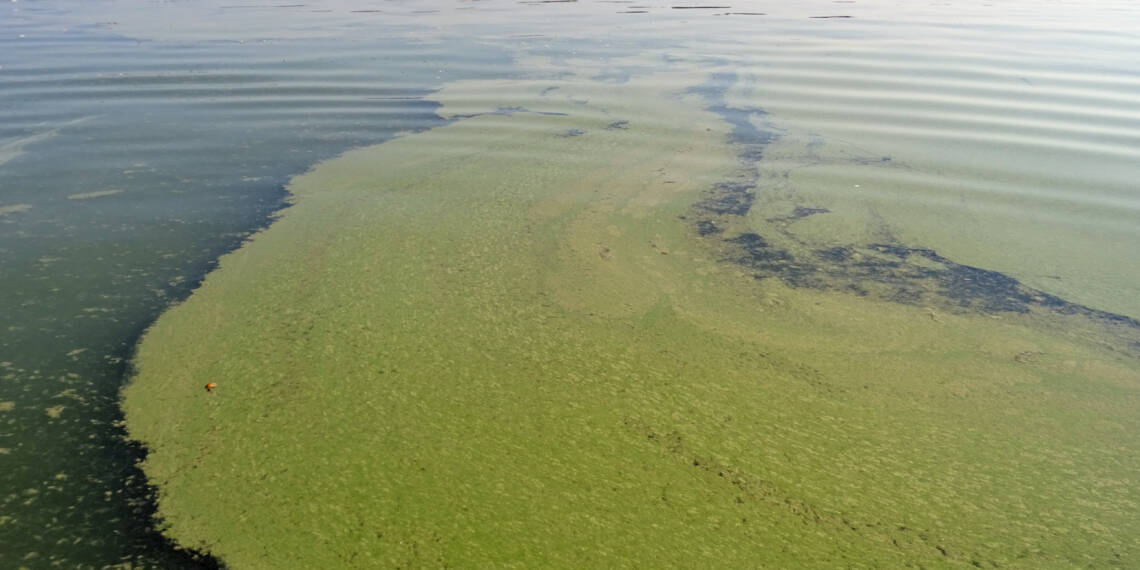
Laws, agreements, and programmes related to nutrient loading
By its very nature, the Baltic Sea is a fragile and vulnerable ecosystem, surrounded by many states and millions of people. Indeed, the most serious problem in the Baltic Sea is excessive nutrient loading and the eutrophication resulting from it.
There are 14 states and 85 million people living in the catchment area of the Baltic Sea
About 85 million people live in the catchment area of the Baltic Sea, of which, 15 million live within a ten kilometres radius of the shoreline. The catchment area extends over 14 countries and their discharges load the entire Baltic Sea.
Sources of external loading include, among others, natural runoff from the land, agricultural nutrient emissions, forest drainage, industry, wastewater, food waste, and other by-products. The emissions produced by the ever-increasing maritime traffic also threatens the state of the Baltic Sea.
Most of the loading caused by humans ends up in the Baltic Sea via rivers. Fish farming and sparsely populated areas, especially in the Archipelago Sea, are important as regional and local point sources of nutrient loading. In the Bothnian Sea, the impact of forestry on shallow coastal waters has been enhanced.
The goal of the EU is a clean Baltic Sea
The objectives of the EU Strategy for the Baltic Sea Region adopted in 2009 include a clean Baltic Sea. The Baltic Sea countries have agreed on targets for reducing nutrient loads within the framework of the Baltic Marine Environment Protection Commission, also known as the Helsinki Commission (HELCOM).
The Commission develops cooperation between the Baltic Sea States and promotes the implementation of international agreements and EU legislation. Efforts are being made to reduce this burden through both inter-ministerial cooperation and cross-border regulation.
Finland strives to reduce loading caused by humans
Finland’s maritime policy is regulated by the government. In recent years, it has adopted several principle policy decisions aimed at reducing human-caused nutrient loading and improving the state of the sea. Almost all ministries participate in this work, each with its area of responsibility.
The enhanced recycling of nutrients and the reduction of the levels of harmful substances transported to the Baltic Sea is monitored by action programmes for water and maritime management, which strive to achieve a good status in all marine areas.